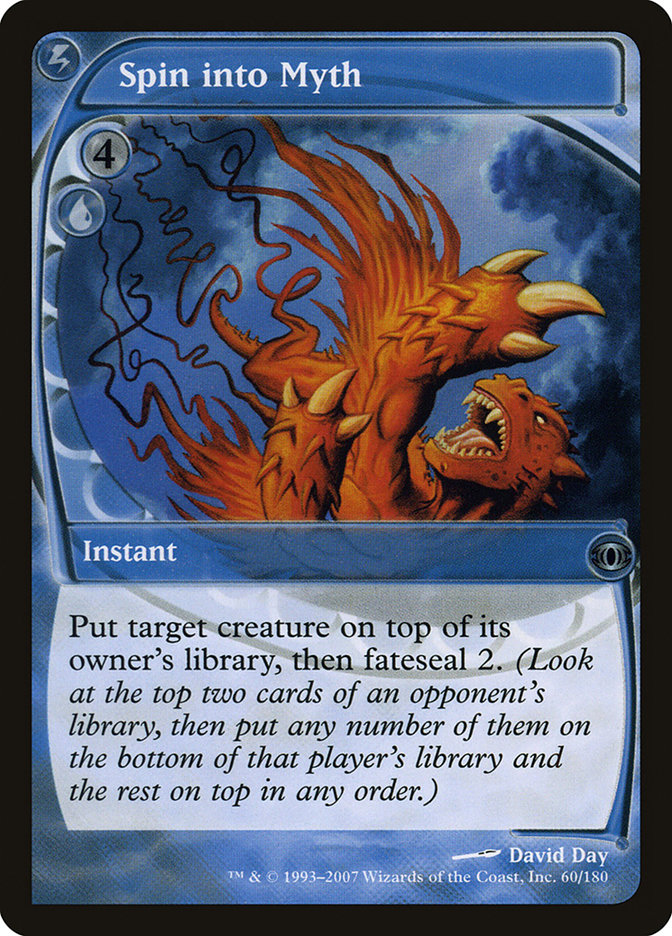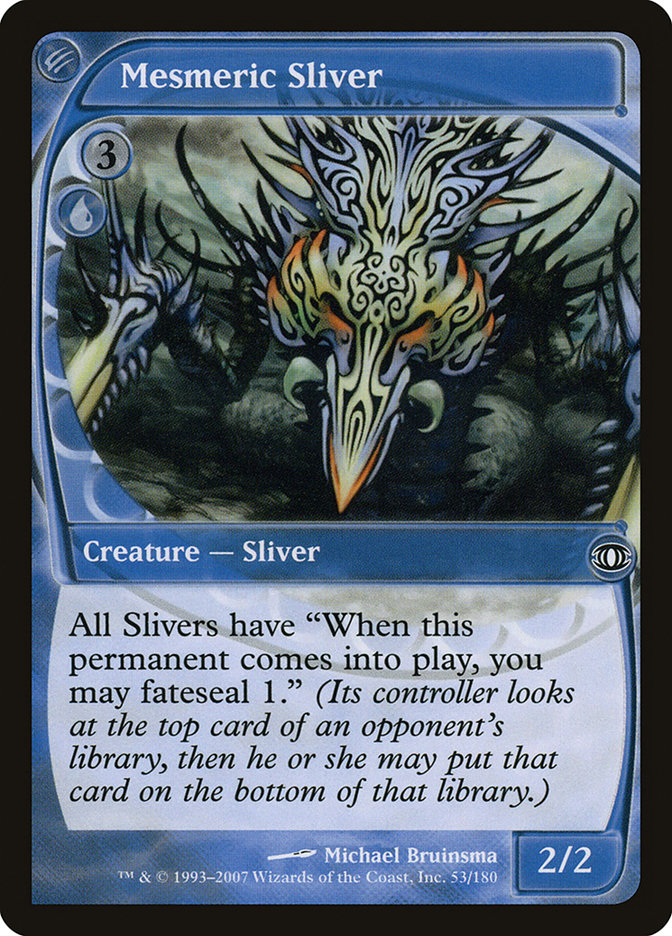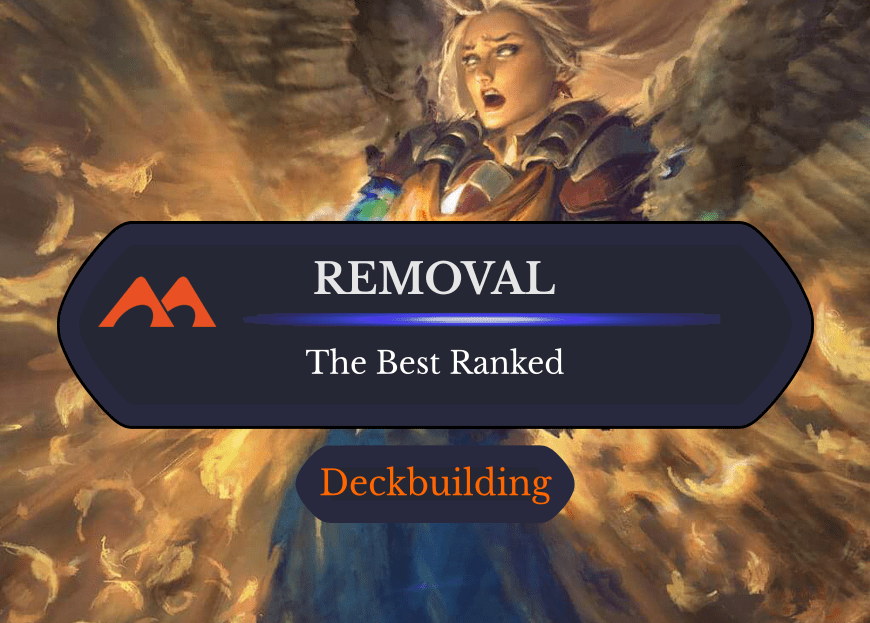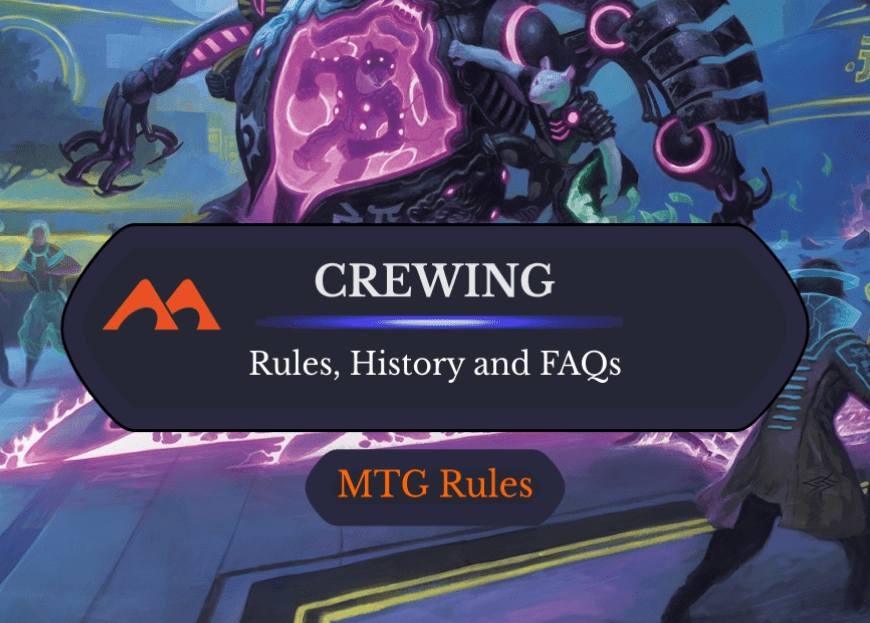
Spin into Myth | Illustration by David Day
Manipulating the top card of an opponent’s library is very powerful since you can deny them a good card or force them to draw a bad card. Imagine you’re playing Limited and your opponent has a bomb on the top of their library. You move it to the bottom of their deck, and they draw a land instead. You’re much more closer to winning that game right?
Based on the card Sealed Fate, fateseal was created as a mechanic that lets you “negative scry” — that is, scry your opponent's library instead of your own. It’s only present in a single set, Future Sight, on two card designs. Interestingly enough, fateseal has become MTG’s lingo for manipulating the top of your opponent's library to lock them out of the game, even if the mechanic itself isn’t involved.
Today we’ll take a look at this weird mechanic and see if there’s a chance we’ll see fateseal come back anytime soon. Let’s go!
How Does Fateseal Work?

Sealed Fate | Illustration by Terese Nielsen
Fateseal N means that you’ll look at the top N cards of an opponent’s library and decide which ones stay on the top of the library and which ones go to the bottom. You’ll also decide in which order they go to the top and the bottom of that library. It’s very similar to scry, except that you’ll do that to your opponent's library instead of yours. You can leave a bad card on top of your opponent’s library or move that key card or win condition to the bottom of their deck. Another important thing is that only you get to see the card, so your opponent won’t have the information.
The History of Fateseal in MTG
Fateseal was created as a keyword in 2008’s Future Sight as one of the many new mechanics in that set. For those who don’t know Future Sight very well, it was kind of an experiment into possible future paths MTG could take, so there were a lot of experimental mechanics like fateseal. Some of these mechanics were later incorporated into standard MTG sets.
The nature of Future Sight is why fateseal is currently on only two cards from that set and waits patiently for its chance to shine. The effect from fateseal was reprinted on one of MTG’s more powerful and famous cards, Jace, the Mind Sculptor. The +2 ability is a fateseal ability, and you can apply it to your opponents or yourself (usually on your opponents). Before Future Sight, there were other cards like Precognition and Sealed Fate which allow players to manipulate the top card of their opponent’s libraries.
Fateseal vs. Scry
Both fateseal and scry are the same, except that scry allows you to manipulate the top of your library while fateseal allows you to manipulate your opponent’s library. Scry is an evergreen mechanic that’s very beneficial to gameplay, but fateseal leads to gameplay that WotC doesn't want to encourage since you’re messing with your opponents’ plays and getting information, often leading to lock situations.
What if the Opponent Has No Cards in Their Library?
You can choose an opponent that doesn’t have cards in their library to fateseal, but in this case nothing happens. It’s the same when you have to surveil or scry on an empty library. The fateseal ability still happens, but that’s it.
Can You Stifle Fateseal?
Fateseal isn’t something that you can Stifle. You can stifle activated or triggered abilities. Fateseal is never an activated ability, and in the case of Mesmeric Sliver it’s a triggered ability. You can stifle the ETB effect of Mesmeric Sliver, but you can’t stifle the fateseal effect of Spin into Myth, since that’s part of the spell’s resolution.
Gallery and List of Fateseal Cards
Best Fateseal Cards
#2. Spin into Myth

Spin into Myth is a way to tuck a pesky commander at the bottom of their owner’s library (effectively sending it to the commander zone if their controller wants to). Even then, it costs 5 mana to do so.
#1. Mesmeric Sliver

Considering only true fateseal cards (sorry Jace), I’d say Mesmeric Sliver has some utility in Sliver EDH decks, especially those that can pump out slivers or Sliver tokens. Being able to fateseal 1 each time a sliver comes into play is interesting to hose a player, but it’s EDH, so the effect of fatesealing one player out of three isn’t very relevant.
Wrap Up

Mesmeric Sliver | Illustration by Michael Bruinsma
That’s all on fatesealing today, folks. Future Sight created many, many mechanics that were present in a few card designs, and some of them found their way into future sets, like delve. Others, like fateseal, weren’t so lucky, and they're patiently waiting for their chance to shine. In fateseal’s case, chances are it’s never happening since WotC designers consider the mechanic unfun. Mark Rosewater, MTG’s lead design has already stated that the mechanic is an 8/10 on the storm scale, and that means the mechanic is probably never returning. Also, it’s hard to balance a mechanic like fateseal because it’s either too weak to see play or too obnoxious to play against.
It’s possible that we’ll get an ability close to fateseal in a future set, but probably not as a keyworded mechanic. Now I want to hear from you. Have you played with fateseal in Future Sight? Would you like to build an EDH fateseal deck with a future-printed fatesealer commander? Let me know in the comments section below or in our Draftsim Discord.
Thanks for tuning in folks, and stay safe out there.
Follow Draftsim for awesome articles and set updates:

Add Comment